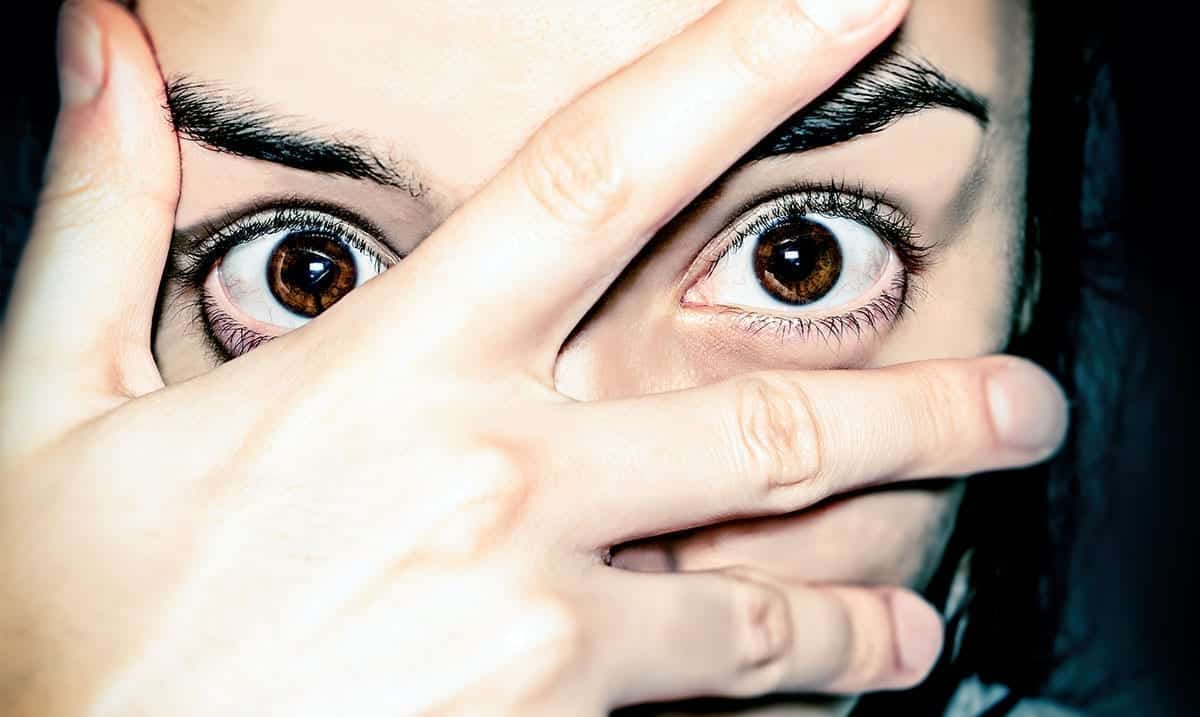While you might not have heard too much about it, one study seems to suggest that staring into our own eyes (via a mirror) or perhaps the eyes of others could alter our consciousness even if just for a moment. Sure, that might sound a bit weird but there is a bit of science behind it.
A few years ago this was made clear by Giovanni Caputo who comes from the University of Urbino. Basically for this, Caputo gathered healthy young people and separated them into pairs. From there these pairs were asked to stare into one another’s eyes at low illumination for 10 minutes. While you might think that merely staring at someone for a full ten minutes would get boring these participants noted some interesting effects.
These findings were published in the journal Psychiatric Research and after the ten minute period had passed those who participated were asked to fill out questionnaires. This covering questions about what they experienced during the process and if there were any peculiar things happening as a whole. It seemed that based on this study Caputo was able to find that at least 90 percent noticed their partner’s face becoming deformed and around 75 percent said they save monstrous faces/beings as a whole.
The abstract for this study goes as follows:
Interpersonal gazing in dyads, when the two individuals in the dyad stare at each other in the eyes, is investigated in 20 healthy young individuals at low illumination for 10-min. Results indicate dissociative symptoms, dysmorphic face perceptions, and hallucination-like strange-face apparitions. Dissociative symptoms and face dysmorphia were correlated. Strange-face apparitions were non-correlated with dissociation and dysmorphia. These results indicate that dissociative symptoms and hallucinatory phenomena during interpersonal-gazing under low illumination can involve different processes. Strange-face apparitions may characterize the rebound to “reality” (perceptual reality caused by external stimulus and hallucinatory reality caused by internal input) from a dissociative state induced by sensory deprivation. These phenomena may explain psychodynamic projections of the subject’s unconscious meanings into the other’s face. The results indicate that interpersonal gazing in dyads can be an effective tool for studying experimentally-induced dissociative symptoms and hallucinatory-like apparitions.
Dissociative symptoms and face dysmorphia were correlated and their results make a lot of sense considering when we stare at any given point for long periods of time we experience Troxler fading. Sure, there is a lot more we could learn in regards but this is a great start. Have you ever stared at something or perhaps someone for so long that your vision ended up leaving you a bit ‘changed.’ If you want to try this out for yourself find someone who is willing to be in a staring contest or find a clear mirror and make proper eye contact.

